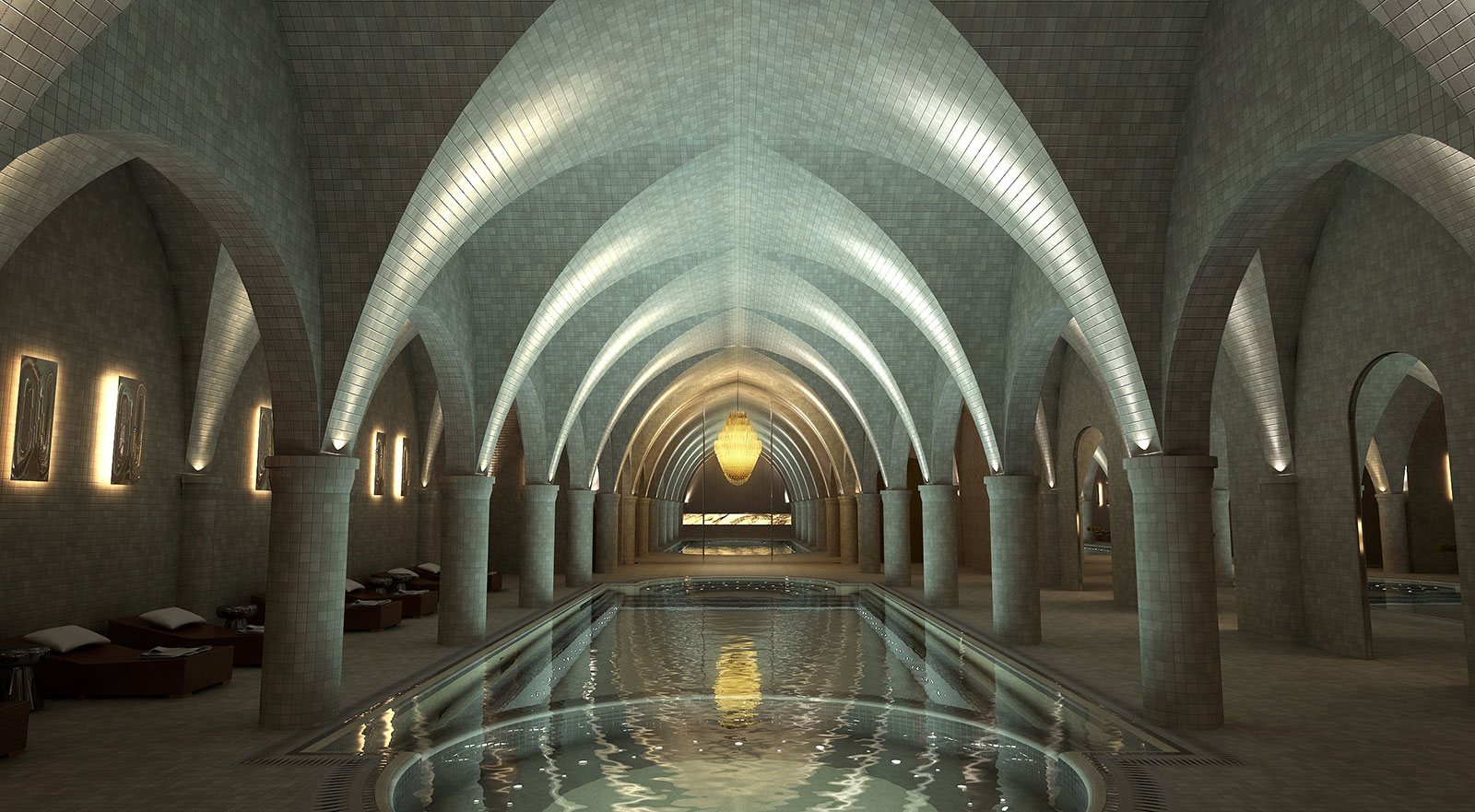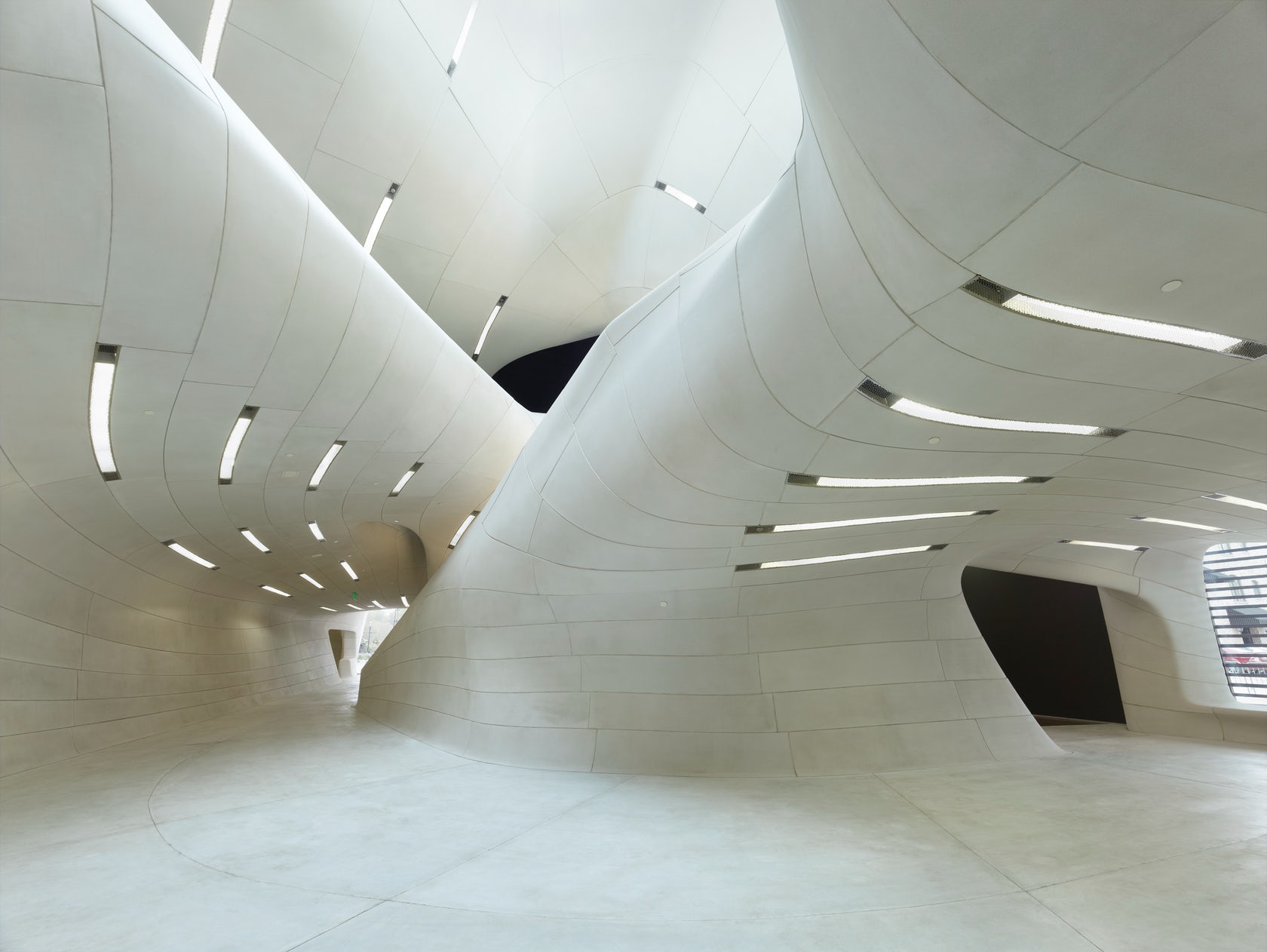Connect with huge architecture firms and gain new business through Architizer’s community marketplace for building-products. Click here for more information.
Lighting has the ability to transform a building, particularly when it’s used to highlight vertical surfaces and ornaments. Consider, for a moment, what the New York City skyline would be like at night without the recognizable beacon that is the Empire State Building’s crown. The building’s changing lighting schemes, some of which observe holidays and current events, have become as iconic as the Art Deco skyscraper itself.
Whether they are working with a separate lighting designer or not, it is vital that architects understand the fundamentals of illumination so that they can specify the perfect lighting products for their projects. As a manufacturer, your expertise can make all the difference — become every architect’s preferred brand by guiding them through the subtle art of lighting design.
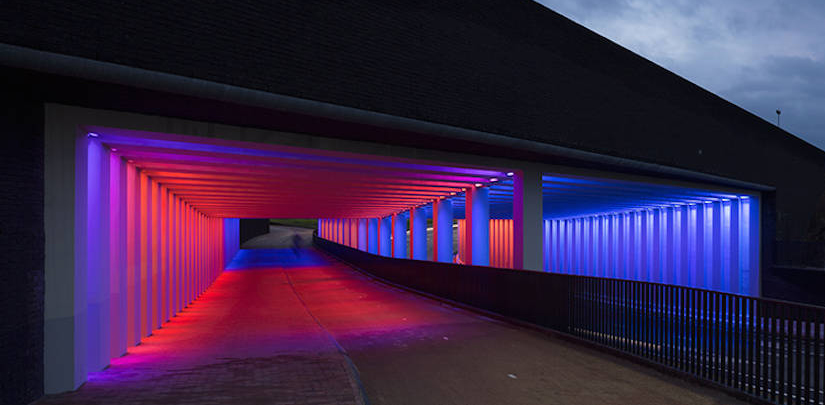
Tunnel in Zutphen, the Netherlands, lit by designer Herman Kuijer; photography by Jannes Linders
Promote Subtlety — Inside and Out
It is worth emphasizing to architects that, when it comes to lighting, less is more — if they specify lighting for every surface within a single project, nothing is special anymore. “It’s all about strategically picking the elements that you want to light in order to create an experience for everybody,” said Allison Hunter, a senior associate at Horton Lees Brogden Lighting Design.
Architects will appreciate your input on exactly which products can help them create focal points, enhance ambience or showcase specific architectural materials. Specificity matters. Help architects find a lighting solution to their unique design, rather than a general overview of your product.
It’s also worth pointing out the benefits of balance between natural and artificial lighting. “From an interior perspective, we try to balance daylight coming in through windows with artificial light to increase visual comfort,” said Hunter. “Reflected light from a surface also functions as a light source in a space.”
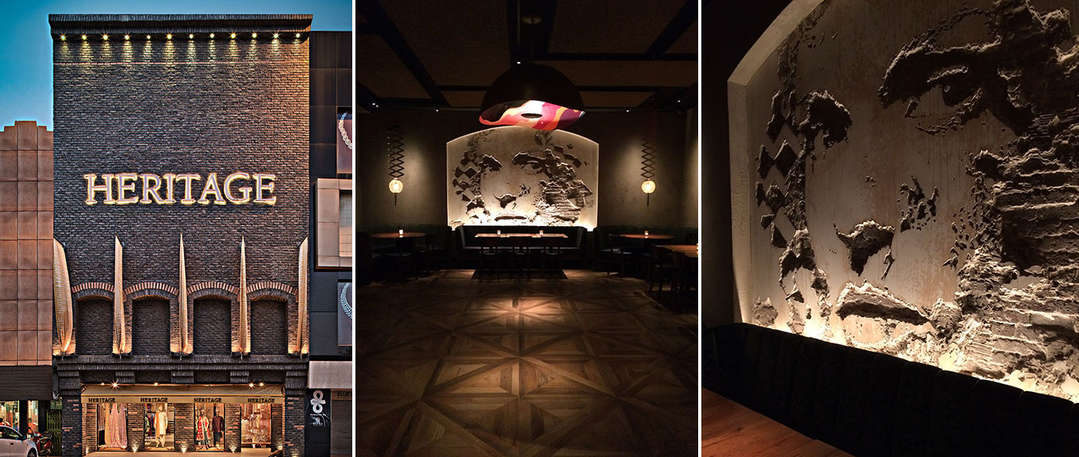
From left: Heritage boutique in India by RMDK Architects; a site-specific installation by artist Vhils at the Rockwell Group-designed Vandal in New York City; Vandal photography by Sheila Kim
Speak the Architect’s Language
Depending on their experience level in lighting design, architects may or may not know the difference between different architectural lighting techniques. In conversation with Architizer, Jim McCarthy of lighting manufacturer Eaton did a great job of explaining the differences between “washing” and “grazing” to architects. His use of straightforward, descriptive language makes these concepts quickly understandable:
“The use of wall washing also makes a room or space feel larger. Light from above the surface should be evenly spaced. Recessed downlights or surface-mounted products installed on the ceiling plane are appropriate solutions to create this effect. Specification sheets from manufacturers will give the height, distance and spacing that will achieve the optimum effect with the needed luminance levels.”
McCarthy didn’t just explain which products are available, but exactly what effect they can help the architect achieve — in this case, making the room feel larger. He continues: “When wall grazing, luminaires are moved closer to the wall causing the light to hit the wall at a tighter angle. This wonderful effect will also make statues and carved elements come alive by adding more dimension. Stage lighting uses this technique to make objects appear more life-like.”
McCarthy highlighted specific use-cases for these different techniques, offering new ideas to architects they may not have considered previously. The takeaway here is that, while these effects and associated product choices might seem obvious to you as a lighting expert, it is worth communicating all the options to architects.
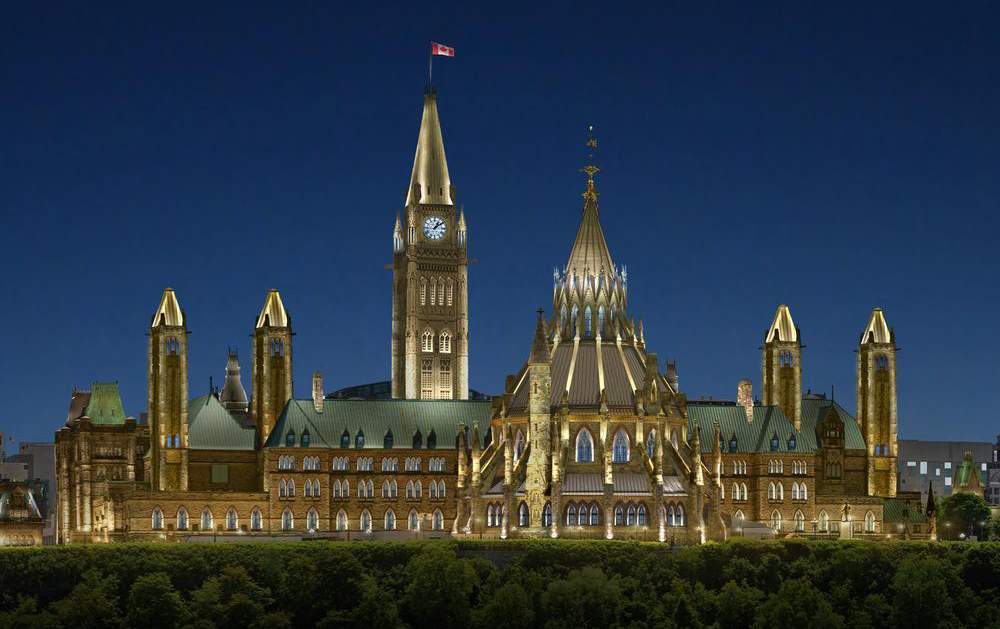
Ottawa’s Parliamentary Precinct lighting master plan by Lemay and Lightemotion; photo courtesy of Lemay / Lightemotion
Shine a Light on the Bigger Picture
Lighting manufacturers can even help architects achieve larger goals relating to the character of a building. “We’re asked a lot to form an identity for a building,” said Hunter, “whether it’s lighting the top of a tower so people can see it from a distance to signage that’s low to the ground. It’s a way to give personality to a building.”
Architects are focused on experiential qualities of a space, and helping them understand the nuances of lighting effects will enable them to see the innate value of your products. Help architects to view light as another building material, one which they can harness and manipulate as they do with brick, concrete and stone.
Once architects as knowledgeable about lighting as you, the manufacturer, your products will sell themselves.
Gain leads from major firms such as AECOM, HOK and OMA through Architizer’s community marketplace for building-products. Click here to sign up now.
